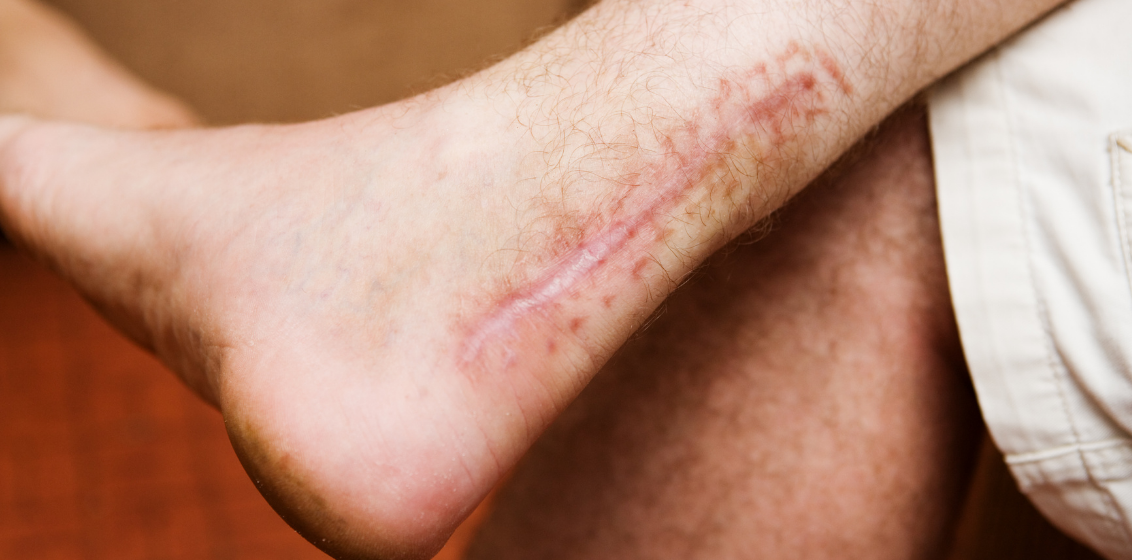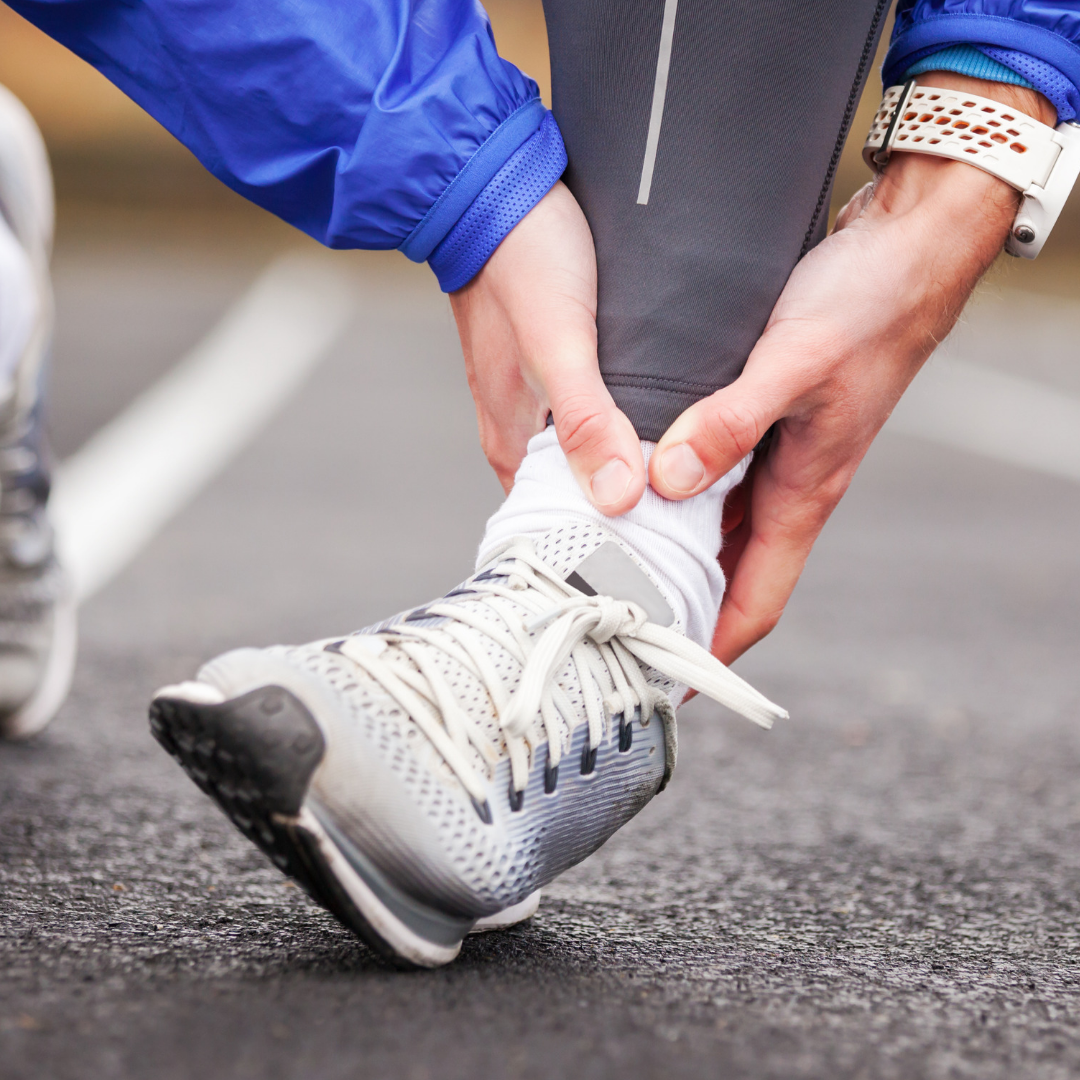Plantar Fascia: The Runner’s Arch-Enemy

Plantar fasciitis is a painful heel condition that affects more than 1 in 10 of us over a lifetime. It’s caused by pain coming from the strong soft tissue in our arch where it attaches to the inner side of the heel bone.
Plantar fasciitis is best known for disabling pain when taking the first steps on getting up out of bed, or out of a chair. It also stops you being able to stand, walk or run. Worst of all, almost half of those with plantar fascia pain report ongoing problems 10 years later!!
The biggest problem is that many people have to stop exercising due to painful heels, they put on weight, get even more pain and their health suffers. It’s really a vicious circle.
So what can you do to get this frustrating, disabling sore heel under control and get back to doing what you really love, like walking, running and sport?
The science tells us there’s a number of things that can help, that none are markedly better than the others and there is NO magic wand or quick fix despite what you may see popping up in your social media feed. We know this is a difficult and frustrating problem to get under control.
That’s why we came up with our Plantar Fascia Clinical pathway for our Physio team to use. It’s based on the best up-to-date evidence for effective and safe treatment of Plantar Fascia pain. We’ve found that using an individualised, patient approach trialling a number of strategies can get the best results and it usually takes at least 6 to 12 weeks.
The first thing we want to do is get you some pain relief so you’re not hopping and hobbling when you get out of bed. After assessing you thoroughly, we’ll usually start with a two-pronged approach
- First, we suggest stretching the plantar fascia, calf and hamstring. Our first line here is home exercises you can do regularly through the day. An interesting tool that we find helpful for prolonged stretching is a Strassburg sock, which you can wear for hours or even overnight.
- Secondly in this initial phase we’ll also try and reduce the stretching load or tension on the plantar fascia by supporting the arch of the foot: Cushioned, supportive shoes, arch taping or orthotics can be very helpful to control symptoms and allow you to stay more active. No more bare feet or ballets on hard floors all day. We use off the shelf or custom orthotics to provide long lasting arch support as well as selling Archies arch support thongs which have been very popular in the warmer months
Once pain has settled a little, we’ll move onto the most important part of getting this problem under control and stopping it coming back; strengthening exercises for the foot, calf and plantar fascia. We use a great tool called the Fasciitis fighter to help really target strength exercises for this problem
Other treatment options some people offer include cortisone injections, which can be effective for short term relief, BUT come with an increased risk of plantar fascia rupture, and shockwave therapy, which is expensive, produces mixed results and is not well tolerated by everyone.
If you’d like to grab a copy of our Plantar Fascia fact sheet, simply click here to download
If you’ve put up with plantar fascia pain long enough, feel free to get in touch with us to find out how we can best help you.


